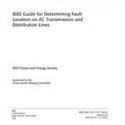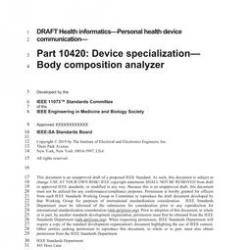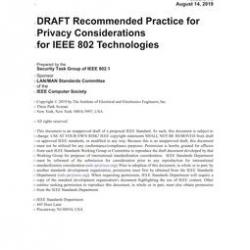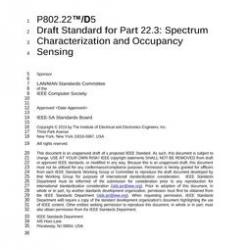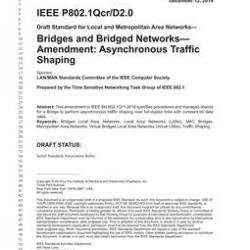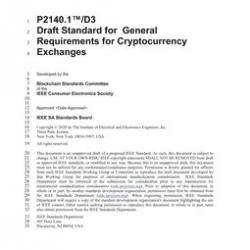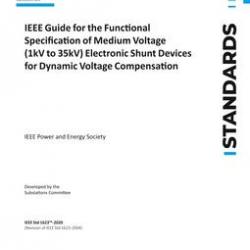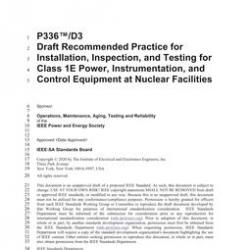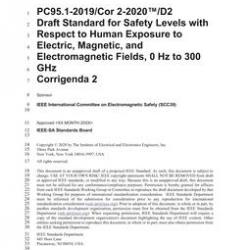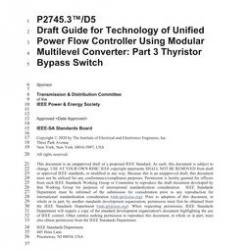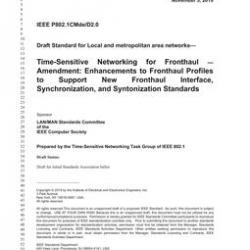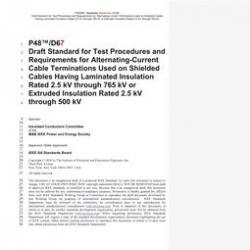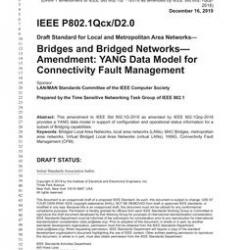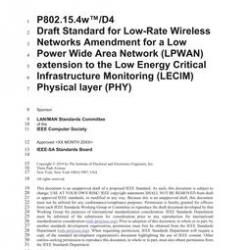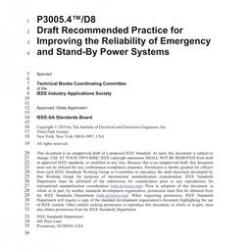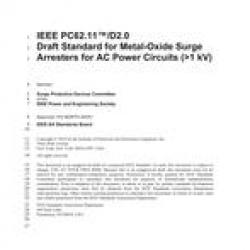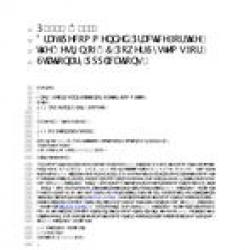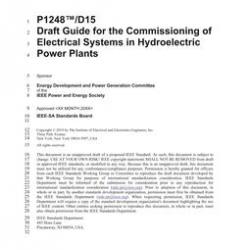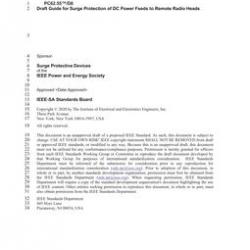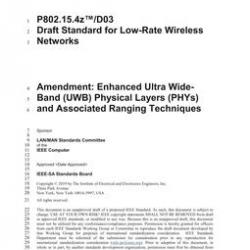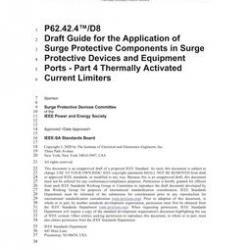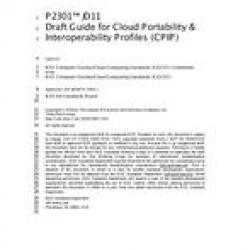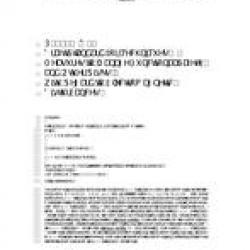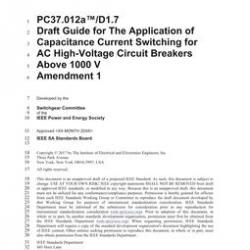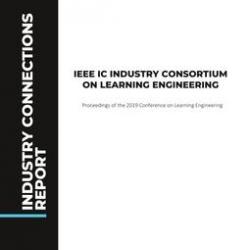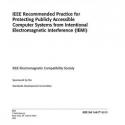Full Description
Scope
This guide outlines the techniques and application considerations for determining the location of a fault on ac transmission and distribution lines. This document reviews traditional approaches and the primary measurement techniques used in modern devices: one- and two-terminal impedance-based methods, synchronized sampling methods and traveling-wave methods. Application considerations include: two-and three-terminal lines, series-compensated lines, parallel lines, untransposed lines, tapped lines, underground cables, fault resistance effects, and other power system conditions, including those unique to distribution systems.
Purpose
The guide assists power system engineers and operators in applying fault-locating techniques on their systems. Users learn the strengths and limitations of fault location data and when further analysis is required using additional methods and when more data must be gathereed. This guide assists in fault location and therefore faster restoration of power systems through improved understanding of fault-locating techniques.
Abstract
Revision Standard - Active.Electrical faults on transmission and distribution lines are detected and isolated by system protective devices. Once the fault has been cleared, outage times can be reduced if the location of the fault can be determined more quickly. The techniques and application considerations for determining the location of a fault on ac transmission and distribution lines are outlined in this guide. Traditional approaches and the primary measurement techniques used in modern devices are reviewed: one- and two-terminal impedance-based methods and traveling-wave methods. Application considerations include: two- and three-terminal lines, series-compensated lines, parallel lines, untransposed lines, underground cables, fault resistance effects, and other power system conditions, including those unique to distribution systems.


